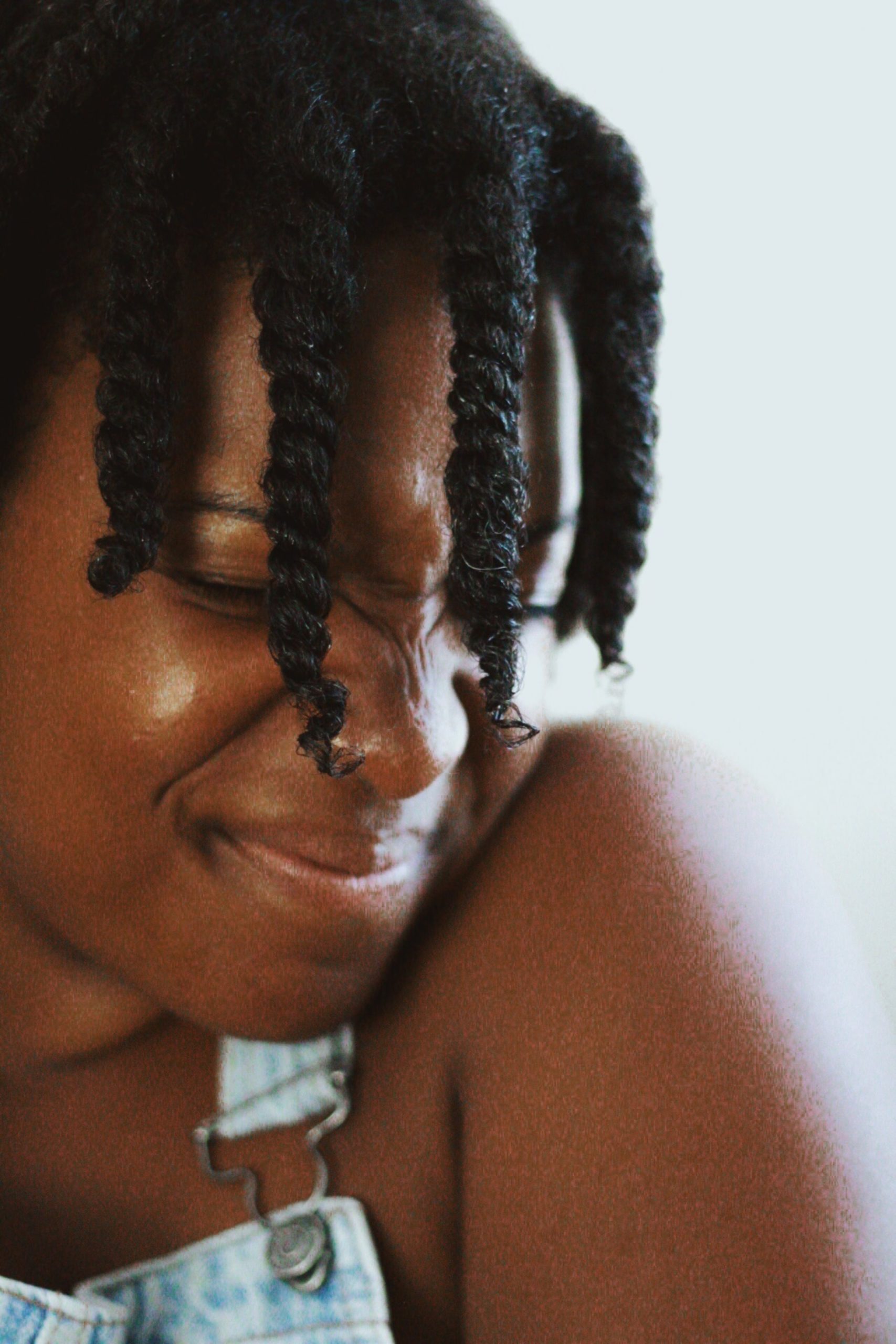
Learning about your natural hair is one of those things that will begin to happen once you go natural and start experimenting with your hair.
As you begin your natural hair journey, your hair type and porosity can be the first step to learning the best way to look after your natural hair.
Your hair type refers to the shape your hair strands form naturally, while hair porosity is the term used to describe the hair’s ability to absorb and retain moisture.
There are three types of hair porosity: high, medium (normal), and low. Today, we will focus on low porosity hair.
If you have low porosity hair, it simply means the structure of your hair doesn’t easily allow moisture to be absorbed into your hair shaft. Because this type of hair tends to repel moisture, it can also be more challenging to process and style.
There is a simple test that you can do to discover if you have low porosity hair or not: take a few strands of your hair and drop them into a glass of water. If the strand floats at the top or takes a long while to sink further down the glass you have low porosity hair.
Below are 5 tips those with low porosity hair should consider following.
Invest in a pre-poo
Pre-poo should come first before a clarifying shampoo to help lock in moisture and protect the hair against the stripping effects of the shampoo while adding shine and detangling at the same time.
Use a clarifying shampoo
Low porosity natural hair is prone to product build-up. The hair strands tend to get locked together. Because of the absence of space between the cuticles, it gets difficult for conditioners to penetrate and deliver moisture to the hair shaft. If you figure you have low porosity hair and suffer from buildup, try a clarifying shampoo.
Use heat with your conditioners
To get your cuticles to lift, try using shower caps and hooded dryers for deep conditioning. These are great tools to help products adsorb onto the hair shaft and makes your curls, coils, and waves feel softer.
Seal in moisture with an oil
Low porosity hair usually responds better to the L(liquid/leave-in), C(cream), O(oil) method rather than the famous LOC method. Always use your liquid/leave-in first, and your oil last.
Trim when you need to
Many stylists recommend a trim every 3-4 months, depending on the health of your hair. Healthy hair might not need trimming or might not accumulate split ends for up to 6-8 months. It is important to trim when you see split ends.





Thank you so much for beautiful information to us. I hope you will sharing the more information with us. Please keep sharing.